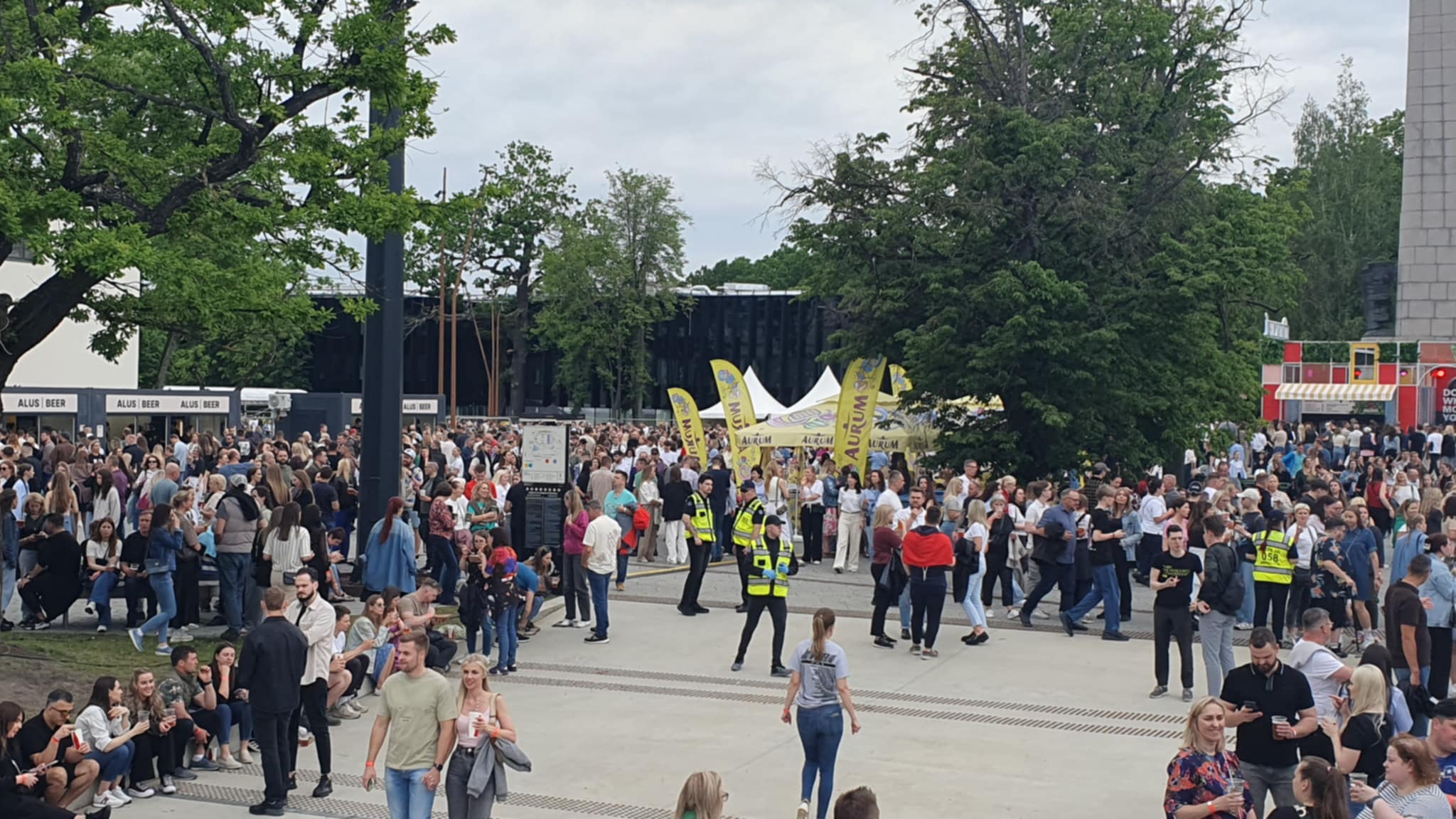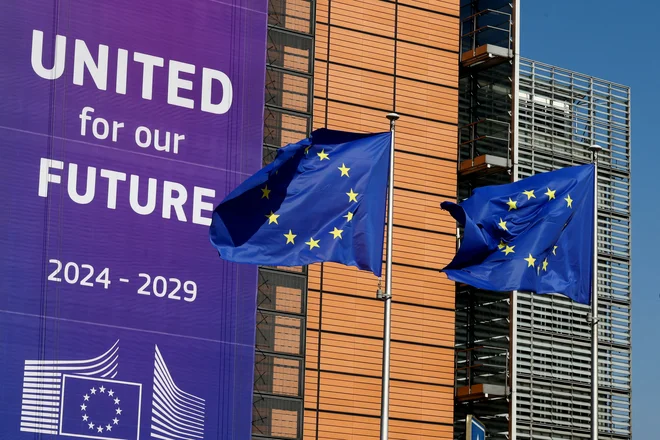Jonathan’s flight and manifesto of freedom

The work of director Kastutis Mieliauskas, based on the allegorical short story of Richard Bach of the same name, is modernly interpreted by a literary narrative and continues a well -recognized search for individual identity, desire for authenticity and ideas of spiritual emancipation, relevant not only in historical but also in modern socio -cultural context.
Is it an anthem for freedom? No doubt. Is it peaceful, correct and affected? Probably, an interestingly chosen artistic language, purifies the thought of thought and turns different disciplines such as movement, music and image, to act synergistically. All art interaction in the performance forms a common narrative that turns the work into the language of aesthetic expression. The artistic line of the performance – eclectic but consistent – is intertwined in the choreography of the classic ballet with the dynamics of contemporary dance. Dance here is not just aesthetic expression – it becomes a metaphor for flight, personal development and spiritual journey leading from physical and mental boundaries.
However, looking at a well -known interpretation of a literary work, it is impossible to avoid mandates. Is it necessary to remind people of a free country about fostering freedom? There are no questions about physical and nation’s freedom, today the situation reminds us every day, but if we are talking about freedom of human ability, education, inner drive and motivation, there are problems. In the context of social networks, collective psychology and consumer culture, freedom often becomes an unrealistic position. Unfortunately, it would be rare to agree and admit it. People’s thoughts are governed by various pods and opinion makers, choices are determined by popular trends, and exclusivity becomes obsolete. Although the work talks about historically immutable internal fight scenarios, the performance still promotes an internal change rather than the exterior, which will eventually affect both the environment and the personal relationship with others.
The performance is about authenticity. The main character does not rebel, he emphasizes his nature and purifies it. His most important choices and the test of his strength are most important to him. The exterior has no power. However, as well known according to a literary work, the protagonist does not shy away from responsibility, but seeks his vocation even when the tribe renounces it. The internal struggle is questioned as where his place is and how much he is determined to. The main character does not fight against the system, he fights for himself. When he changes himself, the Kismas gradually touches the attitudes of society. Jonathan’s figure is not a rebel in classic archetypal – his rebellion is not devastating. In this case, it does not destroy culture, tradition, does not deny its origins, but create a new self. He does not fight the system, but goes beyond it because he seeks to reveal his nature and respond to his own searches. Freedom is no longer a goal for him, but a state that is impossible to learn. It is survived. This internal transformation is conveyed not by words but by body. The dance reveals the hero’s quest to rise above the restrictive structures, to become not what is told to be, but where the nature leads. Equally, he does not talk about the being of freedom – he test it. The statements « so always » or « such nature » are not the final truth, so it does not accept it. Seagulls do not bother the body dictated by signs because they are not the limit. The numbers of miles, feet or speed also become boundaries and, when they are ignored, can achieve true flight freedom.
The dance language conveyed by Jonathan’s flight resembles an allegory of Plato’s cave, a process where a person liberates the shadows of darkness, illusions and social norms to gradually approach true being, by nature and truth. His flight is not romantic, he is painful – full of inner contradiction and loneliness. This parallel reminds me of liberation from cultural, mental darkness. However, like Plato’s myth, the return is no less important than a legacy. Only when he did it, he can go back to help others get rid of. Is it easy? Not, of course, not. First of all, it is a responsibility for others, for themselves, and, of course, always a recurrent and painful rejection reaction. Despite the trials, this path always leads to self -search.
Form: In a performance, dance is not just a means of imaging emotions – movement becomes a deep phenomenon that purifies the spirituality of the work. / St. Photo by Ignac Loyola College Archive
The performance is straight and without curtains asks – who you are? Where do you go and what is your goal? It is encouraged to delve as much as possible into love. But what does the sentences like motivational books, posters or banal discussions resembling a cliche in public discourse, which are often coded in public discourse? These are references to the freedom and literary work of Jonathan Livingston Seagull. Did they translate them directly in theatrical language? It is impossible to distinguish between the theater from literature, but only literature cannot be turned into theater. This duet must win the theater, not the didactics of motivational literature.
The structure of the performance is characterized by a fragmentary structure that allows the viewer to get closer to the heroes and experience the stages of their kism and identify with them. The sight is dominated by duality: the aspect of the soul is expressed by dance and the body’s voice. This dual structure harmoniously reflects two indivisible personality sides, but dance elements and plastic are indisputably wins. The dance line in the performance becomes the main form of expression – the power of thought is visually expressed, and the artistic and aesthetic harmony professionally reveals the theatrical language.
This is where you need to remember the main character of the performance, the young dancer Luknė Deltuvaitė, who impressively conveys the spirit of the Seagull and fills the performance with incredible motion plastic and visual harmony. The main character of the heroine conveys not only beauty but also tension between desire and fear, between flight and fall. In this way, the performance combines two phenomena, which is often considered separately: aesthetic experience and philosophical intraitage. The body becomes a canal of consciousness, not just a tool for performance. In this performance, dance denotes the body’s ability to think, reveal thoughts, and convey the work of the work, dance here is not just a means of imaging emotion, and movement becomes a deep phenomenon that purifies the spirituality of the work.
Dance is not just aesthetic expression – it becomes a metaphor for flight, personal development and spiritual journeys leading from physical and mental boundaries.
The performance reflects Maurice Merleau-Ponty’s theory of corporeality, which states that the subjector-ombunar division disappears in bodily, because the body is both an object and the perceiver himself. The language of dance becomes a way to get to know yourself – it is not a supplement to the narrative, but the essence of the sight.
It should be mentioned that the context of the performance is St. The fifteen anniversary of Ignac Loyola College. This occasion gives the work an additional spiritual, cultural and creative layer worth discussing. Jonathan’s journey here can be perceived as an ignations of the practice – aspects of exit, self -reflection, recognition and mission are felt in the fable. The viewer is offered to enter Jonathan’s experience – not to watch her out of the country, but to feel and survive it. Boundaries are a response to the true search and dedication, faith and confidence of freedom. In this respect, the performance continues the tradition of sacred aesthetics, but without preaching, the visual spectacle through motion, music and visual symbolism opens the limits of a deeper experience. These boundaries are revealed by scenography and costume art. The costumes in the performance are minimalist but extremely suggestive, they become not only visual but also semantic scenery element. Their asceticism and subtlety allows the body movement to be revealed, emphasizing the geometry and plastic of dance. The costumes allow characters to become a metaphysical symbol, not just a character. It should be mentioned that the concept of costumes was created in cooperation with St. Ignac Loyola College students, who worked with costume designer and lecturer Kristina Kmitienė, and Rita Preikšaitė created the makeup with the students. In this way, the anniversary becomes more meaningful, marked on the path of culture and creation.
Human self and her search is an eternal topic. Such works are not important because of their form of novelty or effectiveness. Everything in the spiral is repeated and looks already tested, but through simplicity, lightness and persuasion, the actualized solutions will always respond to the depth and beauty thirsty for the viewer.
Creative team
Director Kastytis Miliauskas, composer-Julius Kmitas, scenographer-Rūta Rijelytė-Miliauskė, choreographer-Aistė Kavolienė, dancers-Luknė deluva and Jacob Nosovas, choreographer-Indrė Ivanauskytė, dancers-pupils of Mikas Petrauskas Stage School Drodvilaitė, Ballet dancers – SD Ballet Studio. Actors: Gintautas Bereer, Jogaila Pur, Tomas Utman. Singing: LSMU Choir Neris. Audio director – Andrius Stakelė, Light Artist – Tomas Zinkus, Grimas – Rita Preikšaitė and St. Beauty therapy students of Ignac Loyola College, costumes – Kristina Kmitienė and St. Ignatius Loyola College image design students.








